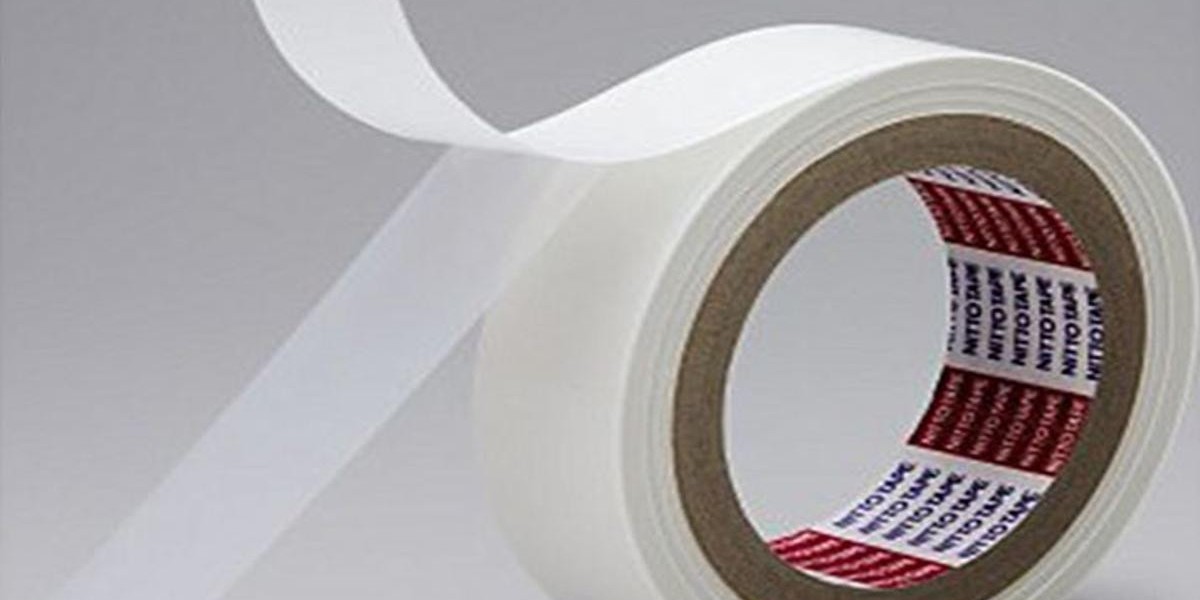Double sided adhesive tapes are marvels of engineering, combining sophisticated materials with precise manufacturing techniques to achieve reliable bonding in diverse applications. This article explores the scientific principles, materials used, mechanical properties, and wide-ranging applications of double sided adhesive crown tape.
Materials and Composition
Adhesive Layer:
- Acrylic: Offers strong initial tack and excellent durability against weathering and aging.
- Rubber: Provides good adhesion to a variety of substrates and flexibility.
- Silicone: Known for its high temperature resistance and ability to adhere to low-energy surfaces.
- Hybrid Formulations: Combines properties of different adhesive types for specialized applications.
Carrier Materials:
- Films: Provide high tensile strength and dimensional stability.
- Foams: Offer conformability and cushioning, suitable for irregular surfaces.
- Non-wovens: Provide textile-like characteristics, enhancing flexibility and tear resistance.
Scientific Principles of Adhesion
- Mechanical Adhesion: Occurs when adhesive physically interlocks with microscopic surface irregularities of the substrate.
- Chemical Adhesion: Involves molecular interactions between adhesive and substrate surfaces.
- Viscoelasticity: Property of adhesives that combines viscous (flowing) and elastic (recovering) characteristics, contributing to bond strength and durability.
Mechanical Properties
- Peel Strength: Measure of force required to peel the tape from a substrate at a specific angle and speed.
- Shear Strength: Ability of the tape to resist sliding or slipping when subjected to parallel forces.
- Tack: Immediate stickiness or grab of the adhesive upon contact with a surface.
- Temperature Resistance: Ability to maintain adhesive properties under varying temperature conditions.
Applications Across Industries
Automotive:
- Bonding trim, badges, and emblems to vehicle exteriors and interiors.
- Assembly of interior components and panels without visible fasteners.
Electronics:
- Mounting of displays, touchscreens, and circuit boards in smartphones, tablets, and laptops.
- Securing cables and connectors in consumer electronics and telecommunications equipment.
Construction:
- Installation of mirrors, signs, and architectural panels.
- Bonding of insulation materials and weather stripping.
Medical and Healthcare:
- Attachment of medical devices, electrodes, and sensors.
- Securement of wound dressings and surgical drapes.
Future Trends and Innovations
- Nanostructured Adhesives: Development of adhesives with nano-scale structures to enhance bonding at molecular levels.
- Functional Tapes: Integration of tapes with additional functionalities such as conductivity, antimicrobial properties, or optical transparency.
- Sustainability: Continued focus on recyclable materials and environmentally friendly adhesive formulations.
Conclusion
Double sided adhesive tapes exemplify the intersection of materials science, chemistry, and engineering, providing robust bonding solutions across diverse industries. As technology advances, these tapes continue to evolve with enhanced performance characteristics and innovative applications. Manufacturers and researchers are pushing boundaries to develop tapes that meet stringent performance requirements while addressing environmental concerns and expanding application possibilities. With their versatility and reliability, double sided adhesive tapes remain indispensable in modern manufacturing and everyday life, driving efficiency, innovation, and convenience worldwide.



